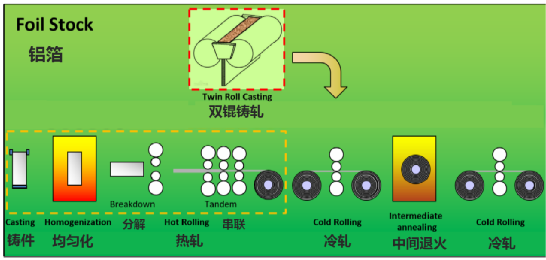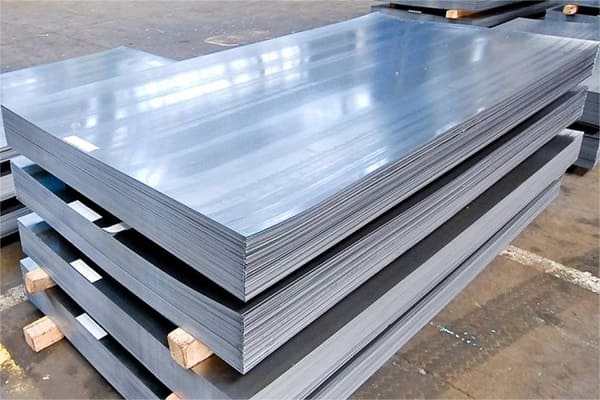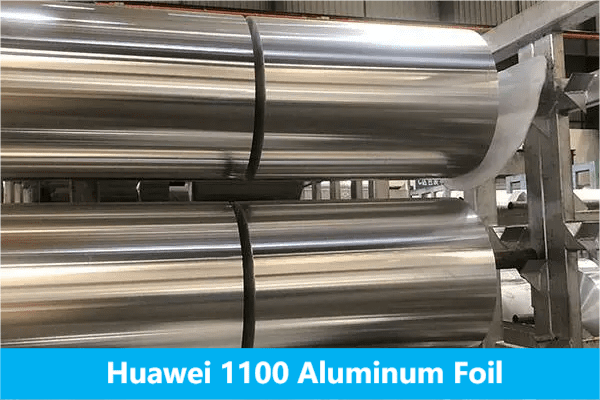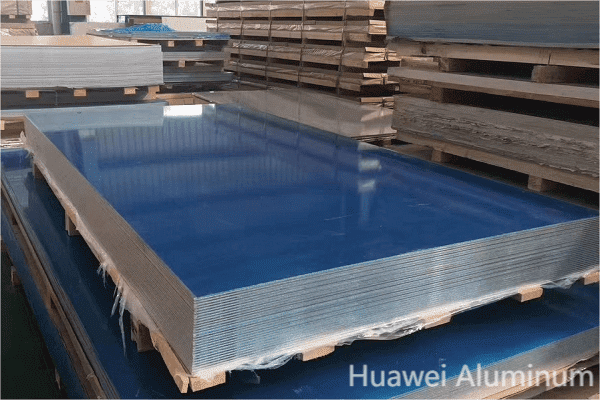Aluminum foil is a kind of rolled aluminum material. Aluminum foil is mainly for thickness. In the industry, aluminum products with a thickness of less than 0.2mm are usually called aluminum foil. Usually, the edges are slit and delivered in rolls.
Aluminum foil is a soft metal film, which not only has the advantages of moisture-proof, हवा-बंद, प्रकाश-परिरक्षण, abrasion-resistant, fragrant, गैर विषैले और बेस्वाद, but also because of its elegant silver-white luster, it is easy to process beautiful patterns and patterns of various colors. नमूना.
According to the thickness, aluminum foil can be divided into double zero foil, single zero foil and thick foil. Double zero foil refers to the foil with two zeros after the decimal point when its thickness is measured in mm (वह है, मोटाई <0.01मिमी); similarly, single zero foil refers to a foil with one zero after the decimal point when the measurement unit is mm Foil (0.01mm≤thickness<0.1मिमी); thick foil refers to aluminum foil with a thickness between 0.1mm and 0.2mm.
आम तौर पर बोलना, double-zero foil is mainly used for food packaging, cigarette packaging, electronic light foil, वगैरह।; single zero foil is used for some food packaging, दवा पैकेजिंग, electronic circuit signal shielding, air-conditioning foil, वगैरह।; thick foil is mainly used for air-conditioning foil, Container foils, architectural decoration and industrial uses.

Production process of aluminum foil
The aluminum foil processing process is an aluminum product with the most processing procedures, the smallest thickness and the most difficult in the aluminum processing industry. वर्तमान में, there are two commonly used processing routes in the industry: (1) ingot hot rolling method; (2) double kun type casting and rolling method.
Ingot hot rolling method
First cast the aluminum melt into a flat ingot, and then after homogenization, हॉट रोलिंग, कोल्ड रोलिंग, intermediate annealing and other processes, continue to cold roll into a plate with a thickness of about 0.4~1.0 mm as a foil blank (casting→hot rolling billet→cold rolling→foil rolling).
In the ingot hot rolling method, the hot-rolled billet is firstly milled to remove defects such as the oxide layer and impurities on the surface of the ingot, and then the microstructure of the ingot is made more uniform by homogenization, followed by hot rolling, cold rolling and intermediate Annealing and other multi-channel processes, after repeated recovery and recrystallization, the internal structure uniformity and grain size of the billet have been significantly improved, so the hot-rolled billet is usually of better quality, suitable for high-quality double-zero aluminum foil and deep processing. Aluminum foil products. हालाँकि, in the deep drawing process of the hot-rolled billet, there are problems such as high lug rate, easy cracking, and rough deformation area, which restricts the improvement of the yield rate of high-quality aluminum foil.
Twin Roll Casting
Compared with the ingot hot-rolling method, the process of producing aluminum foil blanks by the casting-rolling method is relatively simple; it does not need to go through complex process steps such as smelting ingots, milling, homogenizing and hot rolling, but pours the aluminum melt directly Two rotating casting rolls (crystallizers) are put into the casting-rolling area to complete the two processes of solidification and hot rolling within 2-3 seconds at the same time, and obtain a plate with a thickness of 4-7mm. Similar to hot-rolled aluminum foil blanks, cast-rolled sheets also need to go through a series of cold rolling and intermediate annealing processes, and finally rolled into 0.3~0.7mm thick plates as aluminum foil blanks.

The equipment of the twin-roll casting and rolling method is simple, the total investment is small, the production cycle is short, and many tedious processes such as milling, homogenization, and hot rolling in the production process of hot-rolled plates are omitted. The cost is greatly reduced; however, due to the different cooling methods and thermal processing conditions in the production of plates by the twin-roll casting method, the internal structure of the cast-rolled plate mainly has shortcomings such as segregation, uneven structure, and coarse grain structure after annealing. It is more difficult, so it is relatively less used in high-quality aluminum foil products.
वर्तमान में, the process of casting and rolling applied to aluminum foil blanks is gradually mature, and more and more enterprises begin to use the casting and rolling process to produce aluminum foil, and casting and rolling has become the mainstream front-end process of aluminum foil. Casting and rolling appeared in the 1970s, and the technology is still not perfect.
After the aluminum foil blank is made, the aluminum foil blank goes through a series of rough rolling, intermediate rolling and finishing rolling to form aluminum foils of different thicknesses, and then anneals the finished product. आम तौर पर बोलना, thick foils only need rough rolling, single zero foils need rough rolling and intermediate rolling, and double zero foils and other aluminum foils with high precision requirements need rough rolling, intermediate rolling and finish rolling.








उत्तर छोड़ दें